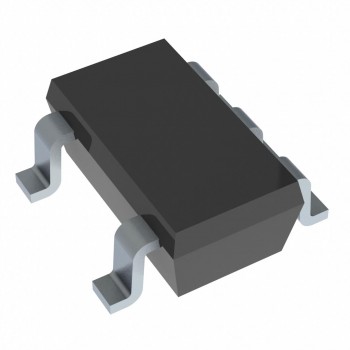SERDES (Serializer/Deserializer) and PHY (Physical Layer) chips play a critical role in modern communication systems, enabling the transmission of high-speed data over various interfaces. In this article, we will explore the functions, features, and applications of SERDES and PHY chips, as well as their importance in ensuring reliable and efficient data transmission.

SERDES Chips:
SERDES chips are integrated circuits that convert parallel data streams into serial data streams for transmission and vice versa. These chips are commonly used in high-speed communication interfaces, such as PCIe, SATA, and Ethernet, to facilitate data transfer over long distances with minimal signal degradation. SERDES chips typically consist of serializers, deserializers, clock recovery circuits, and equalizers to ensure accurate data transmission.
Key Features of SERDES Chips:
1. High-Speed Data Conversion: SERDES chips enable the conversion of high-speed parallel data streams into serial data streams, allowing for efficient data transmission over long distances.
2. Error Correction: SERDES chips often incorporate error correction mechanisms to detect and correct data errors, ensuring reliable data transmission.
3. Clock Recovery: SERDES chips include clock recovery circuits to synchronize the data transmission between the transmitter and receiver, maintaining signal integrity.
4. Equalization: SERDES chips employ equalization techniques to compensate for signal distortion and attenuation, improving the overall signal quality.
PHY Chips:
PHY chips, also known as Physical Layer chips, are responsible for transmitting and receiving data signals between the physical layer of communication interfaces. These chips handle tasks such as encoding, modulation, and signal conditioning to ensure proper data transmission over the communication medium. PHY chips are commonly used in Ethernet, USB, and wireless communication standards to convert digital data into analog signals for transmission.
Key Features of PHY Chips:
1. Signal Encoding: PHY chips encode digital data into analog signals for transmission over communication channels, ensuring compatibility with the physical layer.
2. Modulation: PHY chips modulate the data signals to optimize the transmission efficiency and reduce signal interference.
3. Signal Conditioning: PHY chips perform signal conditioning tasks, such as amplification and filtering, to enhance signal quality and reduce noise.
4. Link Establishment: PHY chips establish and maintain communication links between devices by negotiating data rates, protocols, and transmission parameters.
Applications of SERDES and PHY Chips:
SERDES and PHY chips are widely used in various communication systems and applications, including:
1. High-Speed Data Communication: SERDES chips are essential for transmitting high-speed data over interfaces such as PCIe, SATA, and Thunderbolt.
2. Ethernet Networking: PHY chips play a crucial role in Ethernet networking by converting digital data into analog signals for transmission over Ethernet cables.
3. Wireless Communication: PHY chips are used in wireless communication standards, such as Wi-Fi and Bluetooth, to modulate and demodulate data signals for wireless transmission.
4. Storage Interfaces: SERDES chips are commonly used in storage interfaces, such as SAS and SATA, to facilitate high-speed data transfer between storage devices.
Conclusion:
SERDES and PHY chips are integral components in modern communication systems, enabling high-speed data transmission over various interfaces with reliability and efficiency. These chips play a vital role in converting, encoding, and modulating data signals to ensure seamless communication between devices. By understanding the functions and features of SERDES and PHY chips, engineers and designers can optimize data transmission performance and enhance the overall reliability of communication systems.

